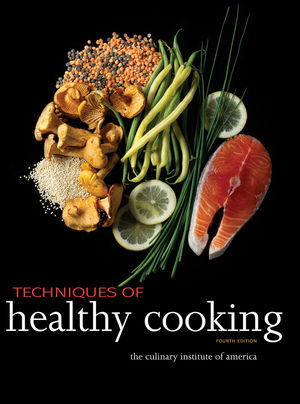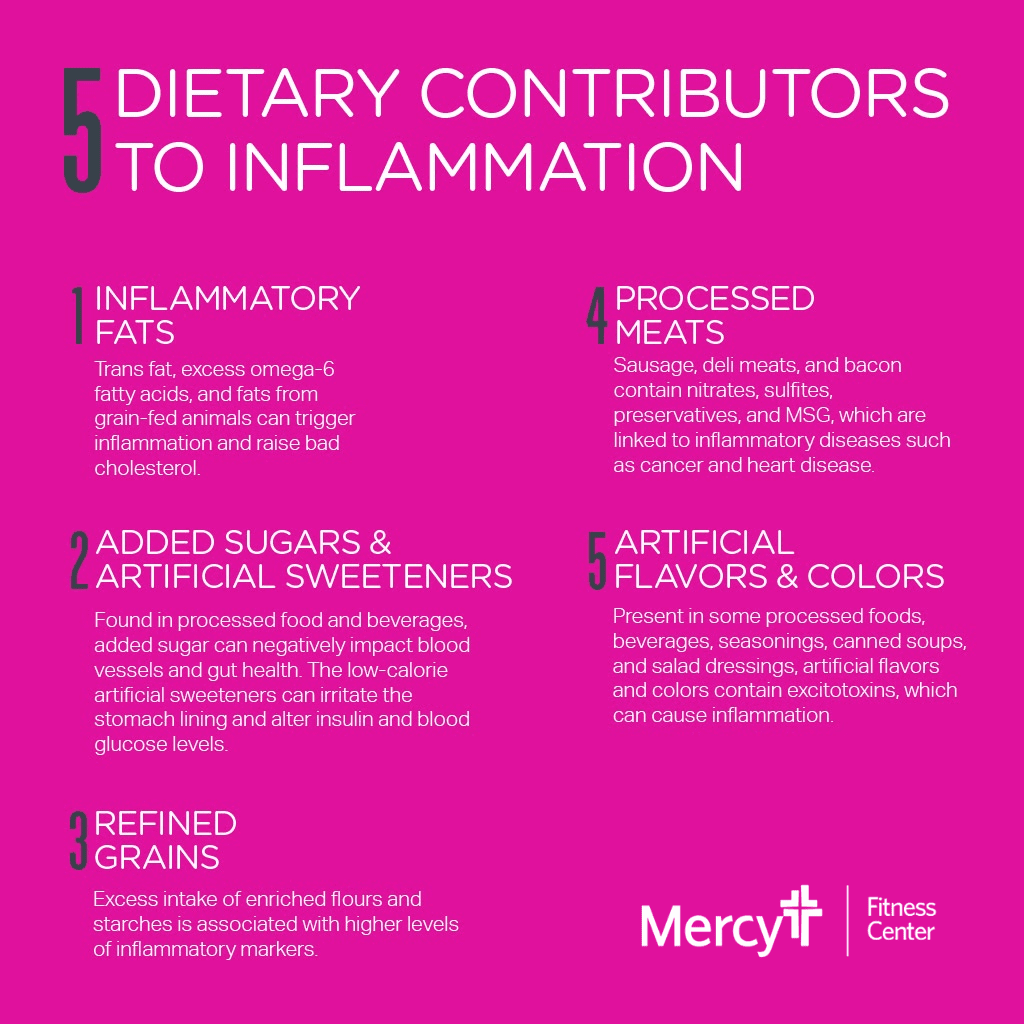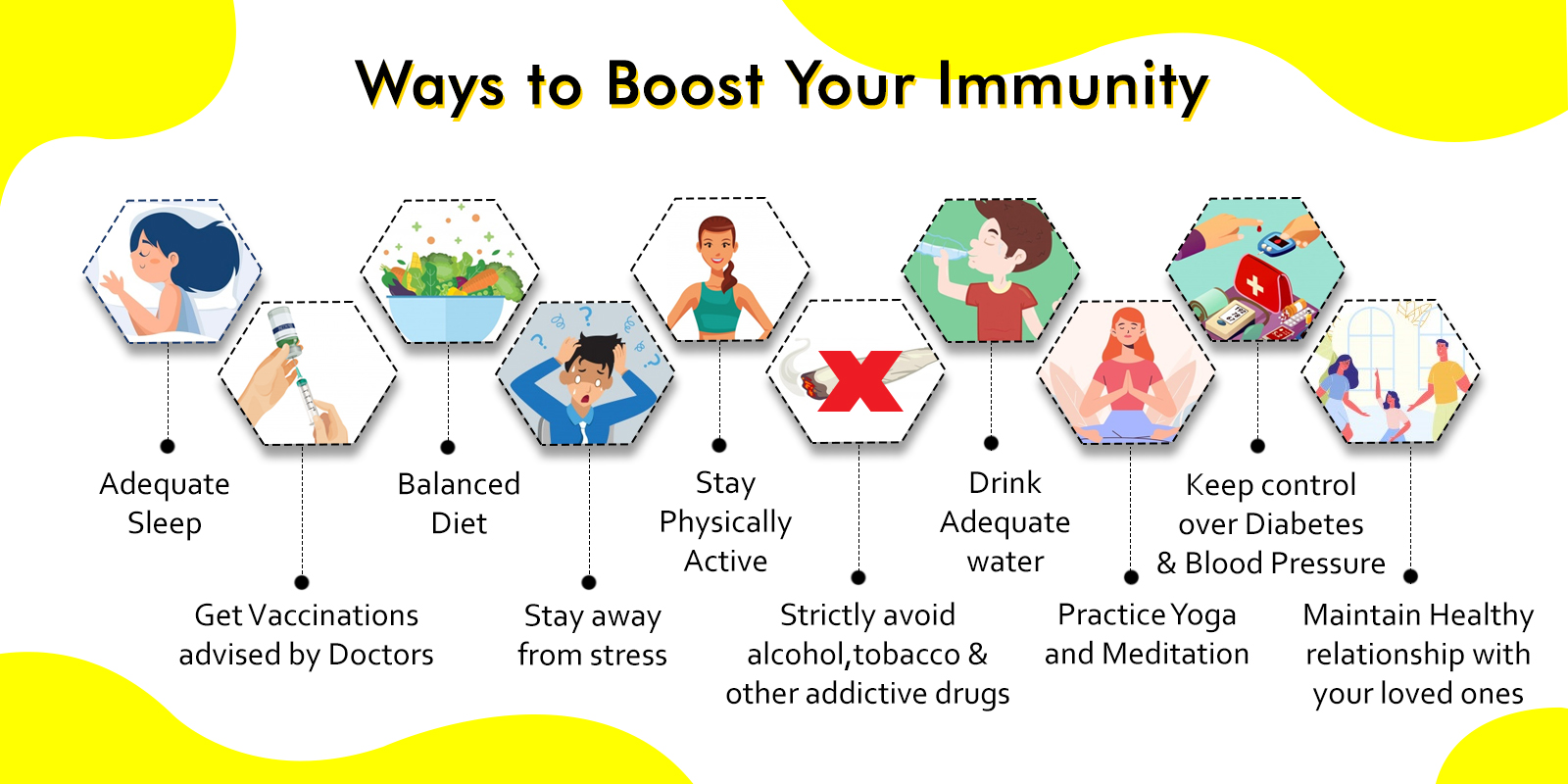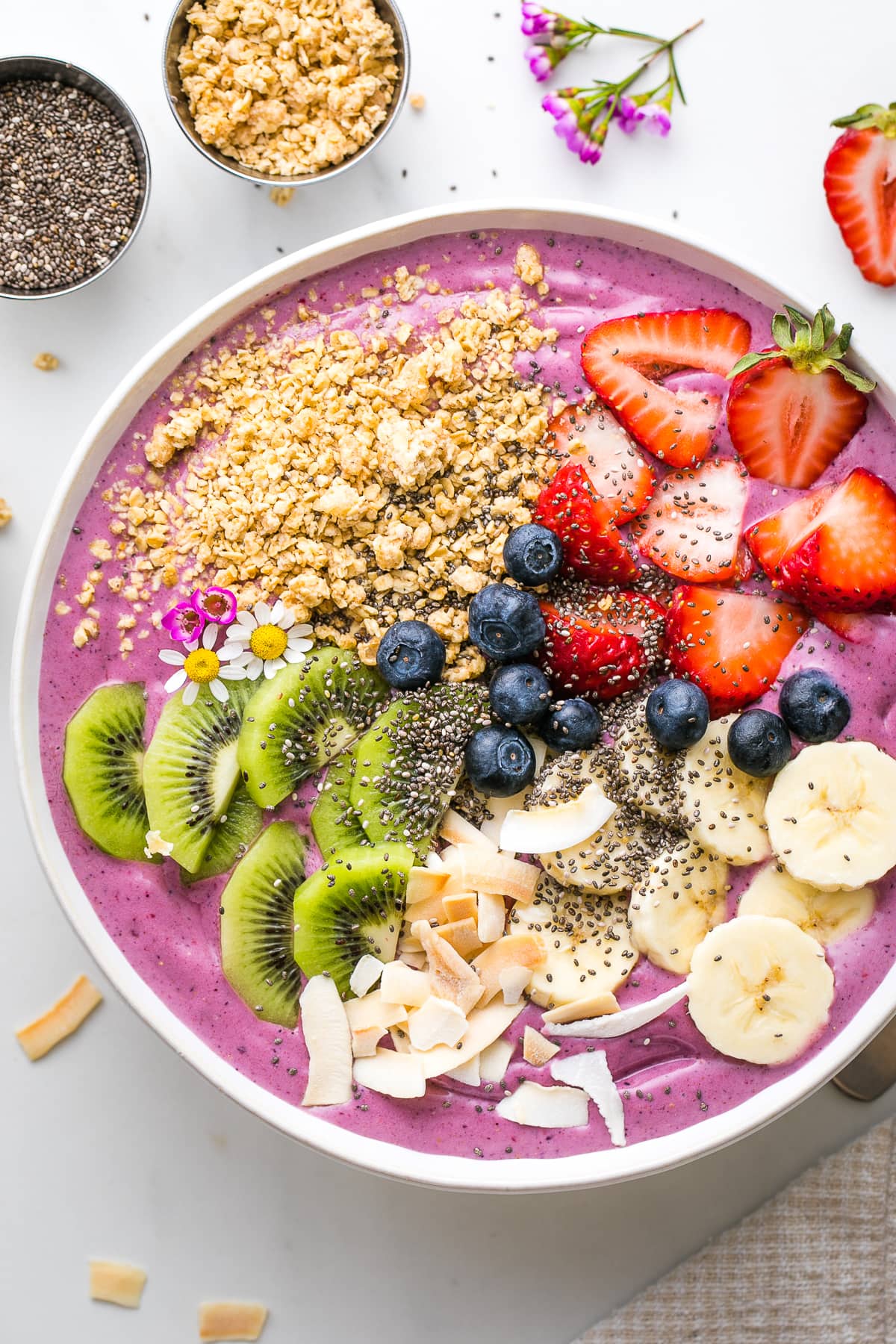Guarding Smiles: The Significance of Regular Dental Sealants
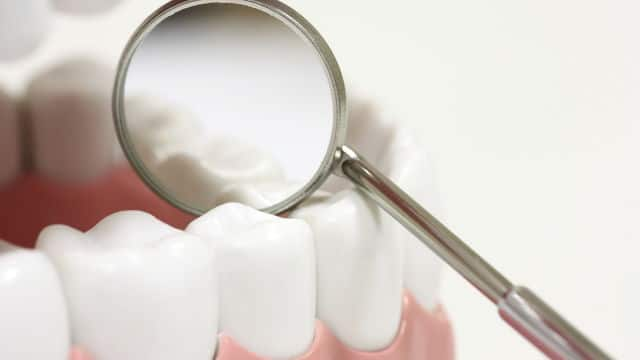
Guarding Smiles: The Significance of Regular Dental Sealants
Dental health is a crucial aspect of overall well-being, and preventive measures play a key role in maintaining a radiant smile. One highly effective method often recommended by dentists is the application of dental sealants. Let’s delve into the importance of regular dental sealants and how they contribute to long-term oral health.
Understanding Dental Sealants
Dental sealants are thin, protective coatings applied to the chewing surfaces of molars and premolars. These back teeth often have deep grooves and pits, making them susceptible to trapping food particles and bacteria, leading to cavities. Sealants act as a barrier, preventing decay by sealing off these vulnerable areas.
Early Intervention for Lasting Protection
One of the primary benefits of dental sealants is their role in early intervention. Applied soon after the eruption of permanent molars, typically around the ages of 6 and 12, sealants create a protective shield during the most cavity-prone years. This early application offers lasting protection, significantly reducing the risk of tooth decay.
Sealants: A Painless and Non-Invasive Solution
The process of applying dental sealants is quick, painless, and non-invasive. There is no need for drilling or removing tooth structure. The dentist simply cleans the tooth surface, applies an adhesive, and paints on the sealant material, which is then hardened with a curing light. This straightforward procedure makes dental sealants an accessible and comfortable preventive option for patients of all ages.
Cost-Effective Prevention
Considering the potential costs associated with treating cavities and undergoing dental restorations, dental sealants offer a cost-effective preventive solution. Investing in sealants can save individuals and families from the financial burden of extensive dental treatments down the road. It is a wise investment in long-term oral health.
Suitable for All Ages
While dental sealants are commonly applied during childhood, they are not exclusive to this age group. Adults can also benefit from the protective qualities of sealants. Individuals with deep grooves and fissures on their teeth, regardless of age, can consider sealants as an additional layer of defense against decay.
Promoting Overall Oral Health
The importance of regular dental sealants extends beyond cavity prevention. By creating a smooth and easy-to-clean surface on the back teeth, sealants contribute to overall oral health. Proper oral hygiene becomes more effective, reducing the likelihood of plaque buildup and gum disease.
Long-Lasting Protection
Dental sealants are durable and can withstand the pressures of daily chewing for many years. However, regular dental check-ups are essential to monitor the condition of the sealants and ensure they remain intact. Dentists can recommend reapplication if necessary, providing continuous protection against tooth decay.
Maintaining Aesthetic Appeal
In addition to their functional benefits, dental sealants contribute to the aesthetic appeal of a smile. The clear or tooth-colored sealant blends seamlessly with natural teeth, preserving the visual beauty of one’s dental structure without compromising on protection.
Taking Action for a Healthier Smile
Understanding the importance of regular dental sealants is the first step towards proactive oral care. Embracing this preventive measure can









